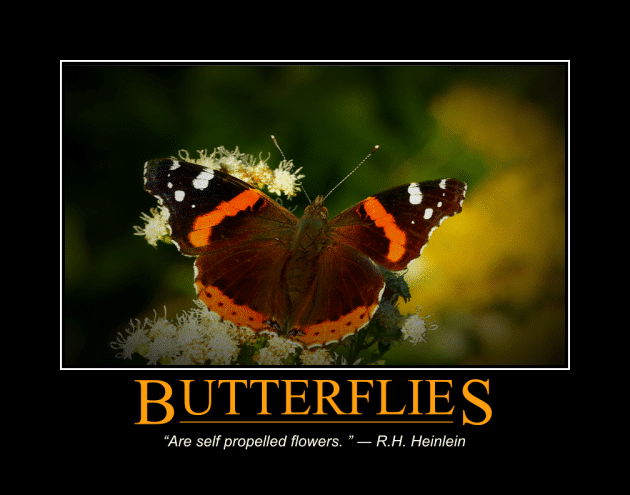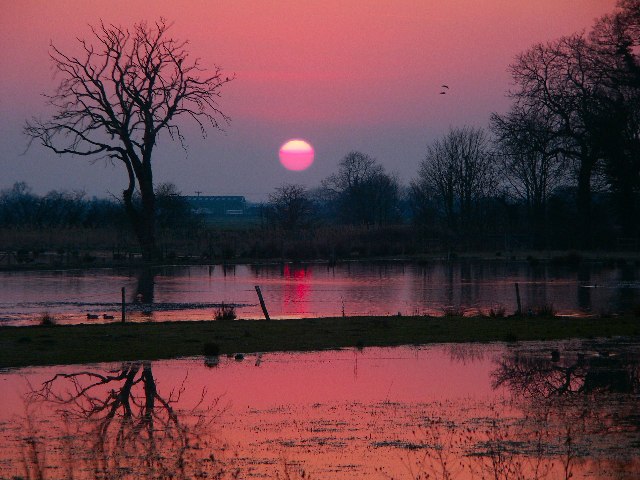Fall certainly has to be one of the times that most nature and wildlife filmmakers are out in full force.
There’s something about the draw of red, yellow and orange leaves that draws filmmakers to dust off their cameras and go out and film!
It’s natures last hurah before that awkward in-between season time when it’s too late for fall color but too early for winter snow.
Another benefit of filming fall color is that the days are cooler and the sun, lower on the horizon gives that magic light for a bit longer each day.
It’s like nature is giving us one grand experience that will have to last us until the snows melt away and the leaves return again in the spring.
_(clacDA0075).jpg)
Capture the ephemeral spectacle of autumn colours of nature
“Whether it be the buttery yellows of birches, the vivid reds of sycamores or the burning gold of beech trees, autumn colour is an ephemeral spectacle that is not just confined to a few choice nature reserves, but a treat that can be seen just about …The Guardian (blog)”
http://www.guardian.co.uk/environment/blog/2012/oct/02/greenshoots-autumn-colour-nature%3Fnewsfeed%3Dtrue
Filming fall color on an overcast day helps bring out the rich saturated colors. A polorizer will help reduce reflections and saturate the colors even more.
Don’t be afraid to get close and film the details on individual leaves and not just try to take in the whole scene in your frame.
Several states have fall color hotlines that you can find out when the peak color will be for your area. Every year depending on temperature and winds can effect when and for how long peak color will last. Hot dry and windy summers can make for a short season for fall color. So take advantadge of it while you can, get your video camera out there and start capturing the magic of fall color!

_(linnDA0099).jpg)






Follow Us!